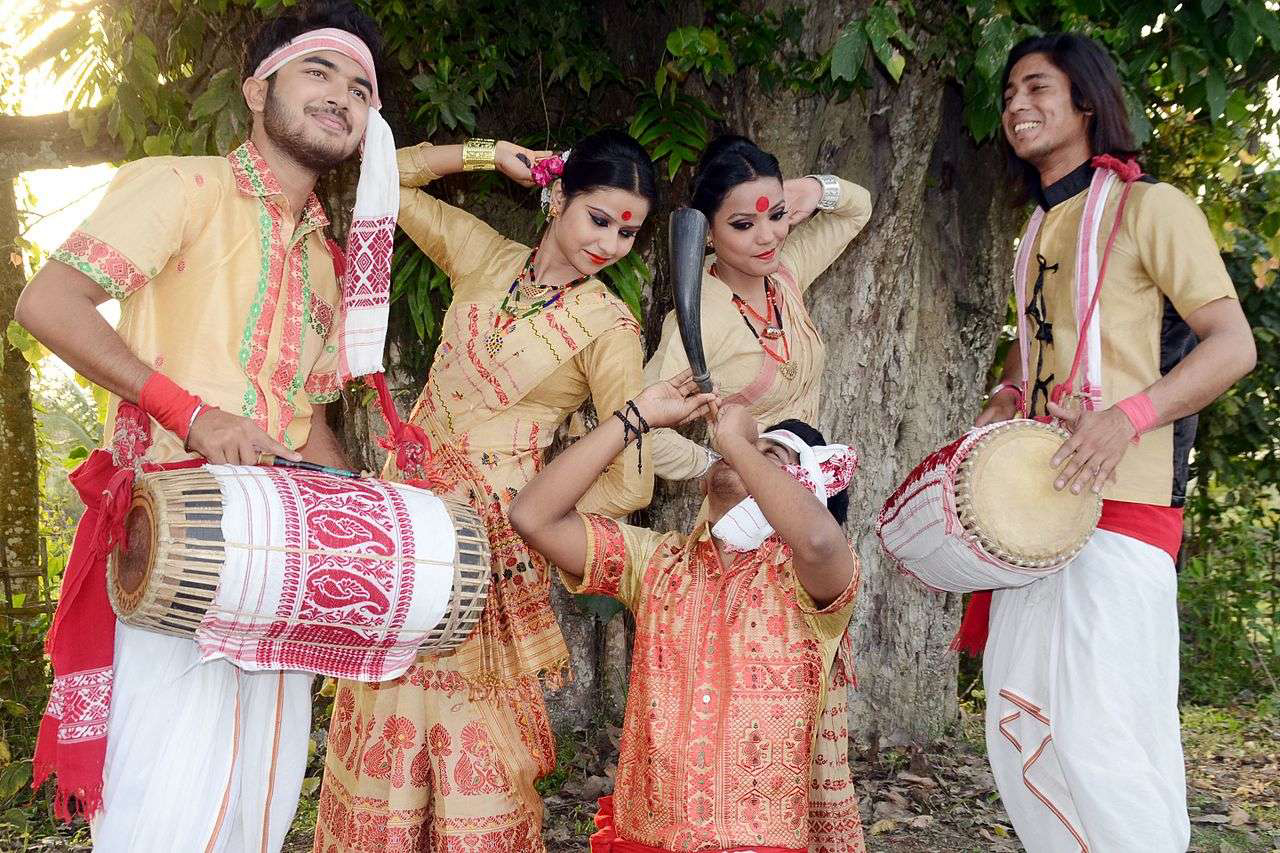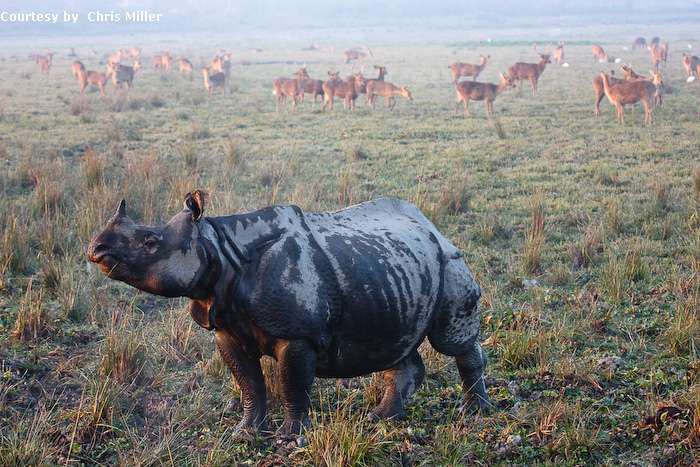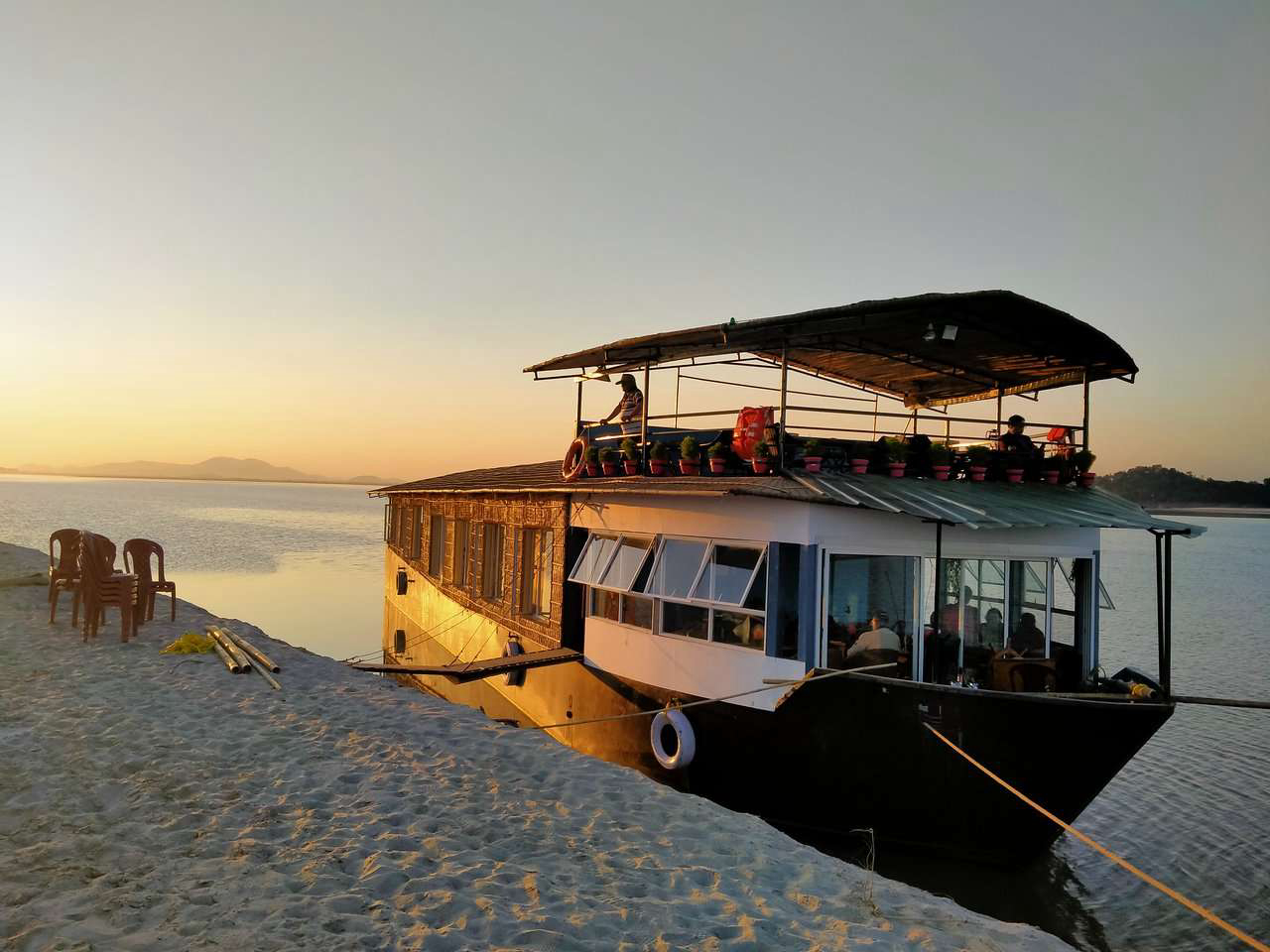
Kamakhya Temple Assam
Assam, a rich and vibrant region that is famous for its breath-taking scenic natural beauty, is located in the North-eastern region of India. It is famously known as the gateway to the north-eastern states of India. Everything from the wildlife sanctuaries, ancient temples, unique cultural heritage, and the scenic beauty of the Brahmaputra river makes Assam one of the greatest places in India. This stunning state is bordered by Bhutan and Arunachal Pradesh to the north, Nagaland, and Manipur to the east, Meghalaya, Tripura, Mizoram, and Bangladesh to the south, and West Bengal to the west via the Siliguri corridor, which is a wide strip of land that connects this state to the rest of India.
Situated on the banks of Brahmaputra, Guwahati is one of the fastest-growing cities of Assam. Dispur which is the capital of Assam is also located in Guwahati. And in the western region of Guwahati, near the Nilanchal hills, the incredibly unusual Kamakhya temple is situated. And it is believed that every year, in the month of June, the Brahmaputra river turns blood-red for 3 days in June and this event is followed by a grand Ambubachi Mela celebration for Goddess Kamakhya. It is one of the ancient and mythical 51 Shakti Pithas. It is believed that the inner temple or the Garbhagriha represents the womb or Shakti of the Goddess Kamakhya, and there is actually not an idol representing Kamakhya here, only a Yoni of the Goddess that is worshipped in the holy temple.

Rang-Ghar Monument, Assam
In the earliest recorded times, Assam had numerous significant ancient roots, as it was a part of Kamarupa, a state that had its capital at Pragjyotishapura, which is now in Guwahati. Ahom Sukapha was a 13th-century ruler who founded the Ahom kingdom in Assam and he ruled this region for almost 6 centuries. And in the 15th century, the Ahom, who gave their name to the region, was a very dominant power in the upper Assam. Even today, Assam has distinct monuments which are related to 600 years old Ahom dynasty. And most importantly, Ahom was the longest dynasty to rule any region in the entire history of India. Similarly, it was one of the very few dynasties who were able to resist the Mughals.
The tremendous Brahmaputra river is one of the greatest rivers in the world, and it flows in most parts of the Assam before it joins the Bay of Bengal. About 3,848 km long, the Brahmaputra river is an important river for irrigation and transportation in the region. The Brahmaputra river sub-basin in India and Bangladesh supports the livelihood of millions of people through subsistence agriculture. And in the lower basin, due to greater precipitation, there are forests with valuable timber, stem jungle, and numerous vital agricultural products in the Assam valley including tea and fruit trees. The famous Assam tea is black tea produce from large-leaved tea plants. There are around 600 tea gardens in the region, and they help enhance the scenic beauty of Assam. The world’s largest tea-growing territory is located on the side of the great Brahmaputra river and receives high downfall during the monsoon season, and these beautiful tea gardens just help to increase the beauty of Assam.

Several indigenous communities of Assam like the Ahoms, Morans, Motak, Kaibarta, Sutiya, and many others have their own distinct cultures. Along with its massive range, Assam is also rich in biodiversity, it is a place where wooded hills give way to grainy grasslands and tropical forests. In the Golaghat district of Assam, the famous Kaziranga National Park is situated, and it is home to animals like One-horned rhinoceros, Royal Bengal tiger, Asian elephant, wild water buffalo, and Swamp deer, which are collectively known as Big Five of Kaziranga. It is one of the few wild breeding areas outside Africa for multiple species of large cats, such as Bengal tigers and leopards. Another national park named the Manas National Park offers a lot of biodiversity and exciting activities to its tourists. It is similarly a UNESCO Natural World Heritage Site, and it is deemed as a safe shelter for many rare and endangered species. Moreover, there is a small tribal village named Jatinga, a hill station that is known for the mysterious suicide of birds during certain weeks of the year.

One-horned rhino at Kaziranga National Park
The great river Brahmaputra carves through the green-gold landscapes of hilly Assam in India’s far northeast, a world of lush tea plantations, exotic wildlife, and ancient temples. This mighty river flows through a region of heavy rainfall in Assam and Bangladesh, the Brahmaputra is more significant for inland navigation than for irrigation. Another interesting aspect about the Brahmaputra is the cruises that feature visits and attractions such as wildlife viewing, village walks, visits to tea gardens, and exploring country towns.

Besides, the largest river island in the world Majuli is situated right at the heart of Assam on the turbulent waters of the Brahmaputra river. The Majuli has been the cultural capital and the structure of Assamese civilization for many years, and it has preserved antiques like weapons, utensils, jewelry, and other items of cultural significance. And one more such destination in Assam province is the Umananda island, the smallest river island in the world, situated in the midst of the mighty Brahmaputra river. The Umananda Island in Assam is one such marvel that has still managed to remain hidden from the maddening crowd. This whole beauty of Assam is very evident due to the lush green tea fields, massive hills, wild and dense forests, and the tremendous Brahmaputra river. Always brimming with visitors, this state can make you feel overwhelmed by its hospitality and charm, and it gets more pleasant with its unspoiled natural beauty and welcoming people.
___________________________________
Reference:
- www.wikipedia.org
- www.brittanica.com
